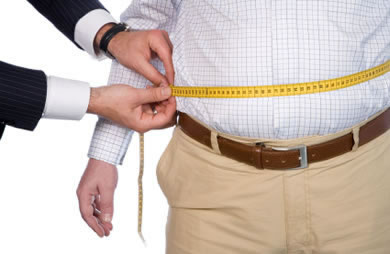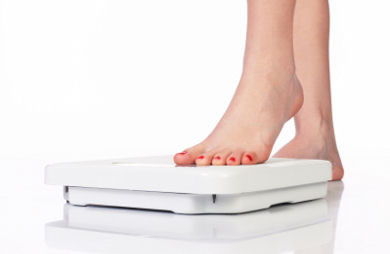|
Concerns continue regarding the number of overweight and obese children and teens in schools today. Trends in chronic diseases such as diabetes and hypertension affecting younger and younger populations also continue. Some have apprehension regarding the lack of plant-based choices in schools. Naked Chef, Jamie Oliver has shed light on just how unhealthy school lunch programs can be with several seasons of Food Revolution on ABC. Although some legislative proposals have made traction, school lunch programs still face strict governmental guidelines and deep school wide cost cutting that makes administering healthier meals a challenge. I hope we will begin to see healthier school lunches in schools across the nation but until then, our best hope for healthier children begins at home. The dog days of summer and trying to stay cool during extreme heat hardly seems like the time to think about school lunches. However, school supplies are beginning to line department store shelves. If you want your children or grandchildren to have healthy, waste-free, and cost effective lunches this school year, you will need to start planning now. I still remember the excitement of getting to select a lunch box when I started first grade. Back then, most children brought their lunch from home while some bought lunch from the cafeteria once or twice a week as well as packing. I loved my Pebbles and Bamm Bamm lunchbox and thermos set and carried it to school with pride. When my children started school, the metal lunch box had gone by the wayside in favor of soft sided lunch bags. Today there are eco-friendly container systems that allow children, youth, and adults to take lunch without creating the increased waste that comes from individual serving bags, sandwich bags, or juice boxes. With many landfills filling up and communities not interested in expanding them or having incinerators pumping contaminants in their back yard, reducing convenience packaging is necessary for all of us. Estimates suggest the average school-age child generates more than 60 pounds of waste each year just from disposable lunches. At the same time, families spend more to pack lunches then they would if they focused on reducing, reusing and recycling through a waste-free approach. Use these steps to create a waste-free lunch for children and adults alike who regularly pack their lunches.
Packing a lunch allows children and adults to reduce waste for the planet while maximizing nutrition and saving money at the same time. What do you think about the idea of packing waste-free lunch? What barriers prevent you from committing to do it? |
More From SparkPeople
|












/d24fe519-442c-4570-b6ae-e2e714a8fe92.jpg)






